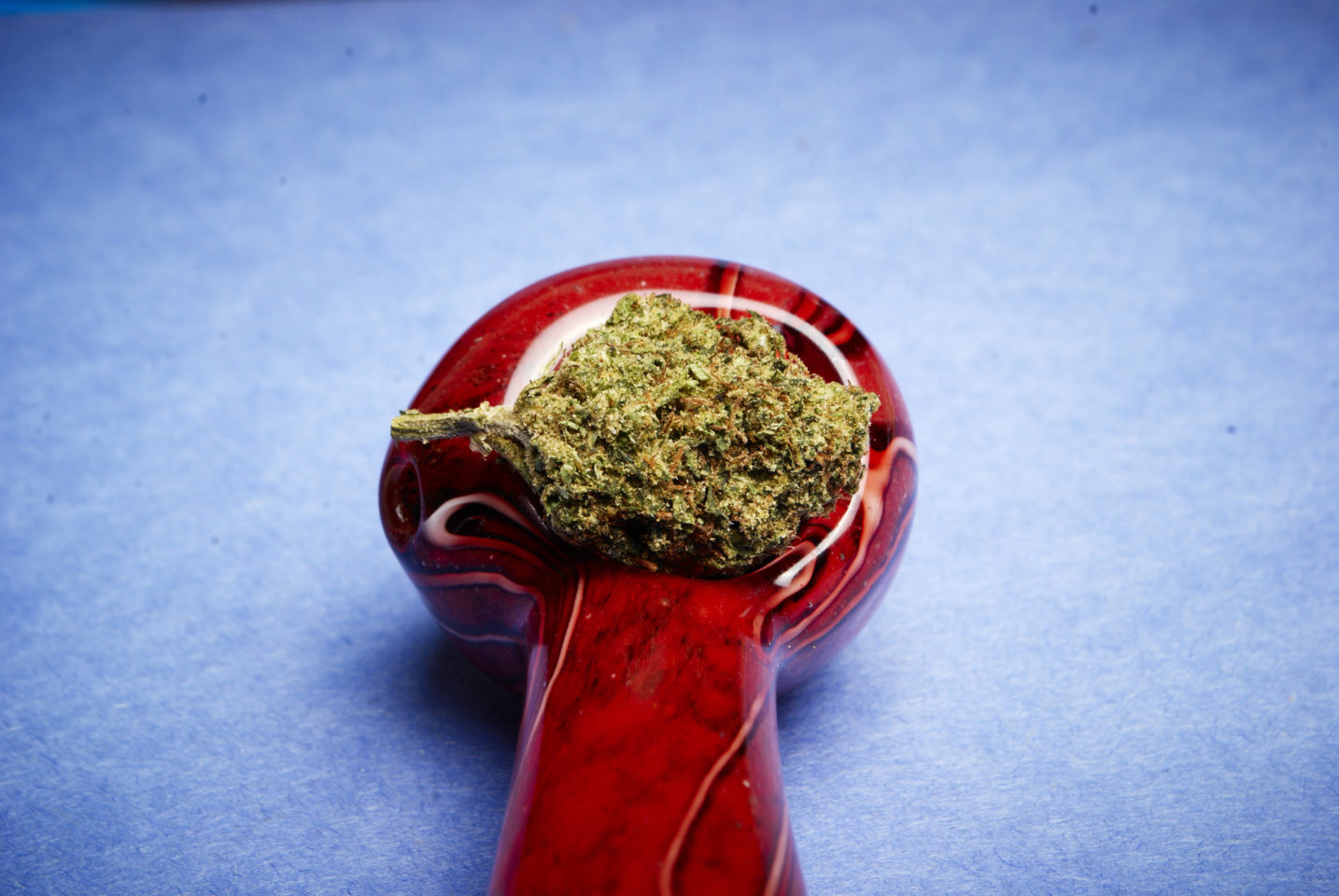
Oregon’s cannabis industry has been in its “weakest economy” since it started in 2016.
Oregon’s recreational cannabis industry is in its “weakest” economic position since the introduction of the legal market in 2016, according to a new report from state regulators.
The report, released last week by the Oregon Liquor & Cannabis Commission, stated that after a “banner selling year” in 2020, cannabis producers in the state “entered 2021 exuberant and optimistic about the future of the market — and theirs.” Planting decisions were made accordingly.”
“However, slacking demand throughout 2021, exacerbated by a bumper outdoor harvest in October 2021, triggered a price drop that put pressure on the entire supply chain in 2022,” the report reads. “The supply glut in 2021 and 2022 resulted in historically low wholesale and retail prices for both usable marijuana and concentrate/extract products. The falling prices, combined with slowing growth in volumes purchased, led to a first-ever fall in annual sales (from $1.2 billion in 2021 to $994 million in 2022).”
That combination of overabundant supply and flagging demand, the commission said in the report, has left Oregon’s recreational cannabis market in perhaps its most precarious state since it opened about seven years ago.
“Previous market cycles have been fueled by large annual increases in consumer demand, and the Oregon recreational marijuana market has successfully transitioned most consumers in the state to the legal market. However, Oregon’s recreational marijuana market is in what is arguably its weakest economic position since the program began in 2016 as demand growth in Oregon has slowed, a production cycle that lags behind market signals. and increasing inventories,” the report said.
The post-pandemic sales slump has become a problematic trend for Oregon’s cannabis growers.
Last fall, the state Liquor & Cannabis Commission sounded the alarm about year-over-year sales in Oregon, noting that October 2022 sales were down about $15 million from October 2021.
In the Commission’s latest report, published last week, regulators “[m]The market dynamics on the demand side also point to a turbulent year 2023.”
“Overall, consumer demand since 2021 has been lower than previous years and there has been a notable downward shift in the demand trendline. In addition, the demand distribution is shifting away from usable marijuana — both as an intermediate and end product. In recent years, OLCC processors have proven to be a “safety net” for producers, purchasing large quantities of usable marijuana and giving producers an additional outlet for their product,” the report said. However, like usable marijuana inventory, inventories of concentrate and extract products are at all-time highs, and processors are less likely than in the past to turn to producers for new inventory. This also comes at a time when consumers are shifting to other product types (particularly edibles) and away from viable marijuana. These factors all point in the same direction: fewer outlets for usable marijuana and lower prices for licensees.”
The commission said that while the state’s recreational cannabis market “has shown resilience…two fundamental facts remain unchanged” until the federal government takes action and reschedules the pot: “Supply in the state is limitless, while demand in the… state can only grow to a limited extent,” according to the report.
“Oregon’s highly competitive market provides low prices for consumers who have positioned the state’s legal market to successfully compete with the illegal market. However, the corollary is that these low consumer prices are forcing companies to operate on low margins and extreme pressure. The tightness of those margins and the ability of Oregon cannabis companies to operate under them remains to be seen as we move into 2023,” the report said.

Post a comment: